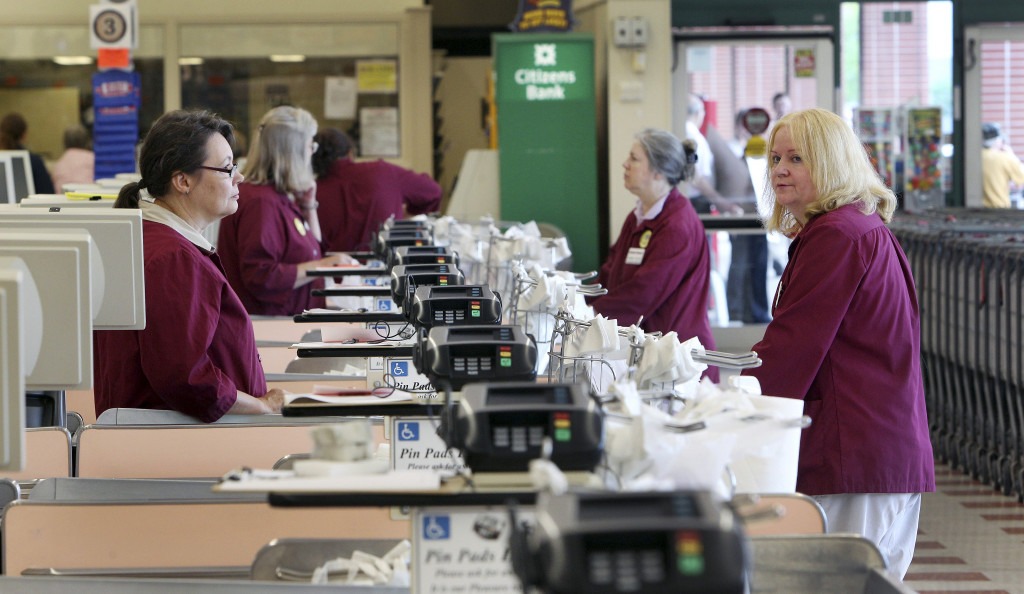The robots are coming for our jobs – especially for women’s jobs, at least according to a new report on how automation will affect the workforce.
It is undeniable that as technology advances, the types of jobs we do must change, as computers become increasingly better at taking care of more mundane jobs. One study published in 2013 found that “47 per cent of all jobs in the United States are at risk of automation”.
But until now, there haven’t been many studies looking at the gender divide of jobs that will be taken over by machines.
The report “Women, Automation, and the Future of Work,” published by the Washington-based Institute for Women’s Policy Research, has now found that women will be disproportionately affected by automation.
“The analysis finds that, due to the stark sex segregation within the US labour market, women workers are concentrated at the extreme ends of the automation spectrum, with women over represented in jobs that are at both the highest and lowest risk of automation,” the researchers say.
While many professions that are disproportionately dominated by women, such as care professions and educational jobs, are unlikely to be replaced by technology soon, these are also professions that are often badly paid, therefore they do not offer good quality of life.
For women in middle-skilled jobs such as secretarial work or accounting, the threat of automation is extremely realistic.
“For every seven men who work in occupations that are most threatened by technological change – that is, that have a 90 per cent or higher likelihood of being eliminated by technology – there are 10 women in such jobs,” the study finds.
Women and men are just as likely to work in digital fields and with digital media – but the highest-paying jobs in technology fields are still dominated by men.
To ensure this trend does not continue and impoverishes women disproportionately to men, the researchers ask policymakers to close the gender pay gap, especially in tech fields, increase investments in care professions and promote women’s advancement to leadership positions. – dpa
© ![]()








